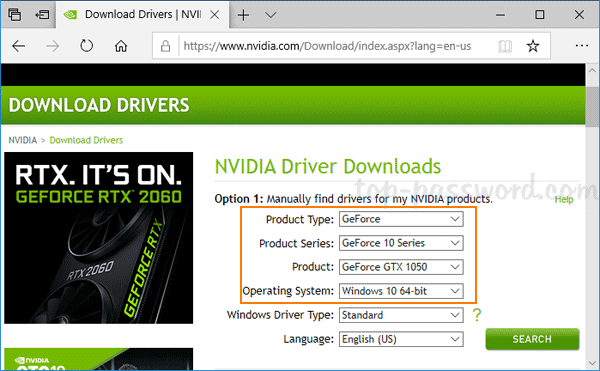

With the Guest Additions installed, you'll be able to access advanced virtual machine features such as keyboard and mouse integration, 3D and 2D video acceleration features, Shared clipboard, Shared folders. To complete the installation process, we need to reboot the virtual machine.

The setup wizard will begin to install VirtualBox Guest Additions on Windows 10. The Guest Additions Setup Wizard will start automatically.Ĭlick Next to continue with default settings and click on Install to begin the process. If not, right-click on VBoxWindowsAdditions and select Run as administrator. When you double-click the CD drive, the installer may start automatically. Go to My Computer (This PC in Windows 10) and open the Guest Additions CD drive under the Devices and drivers section.

We can install VirtualBox Guest Additions in Windows 10 by performing these steps:Īccess the virtual machine's menu and go to devices and click: "Install Guest Additions CD Image…". The features enabled by Guest Additions are: correct screen resolution, mouse pointer integration, seamless windows, time synchronization, shared folders, and shared clipboard. I can install drivers if I have windows 10 automatically look for and install updated drivers. That's odd because I for sure have a windows 10 64 bit OS installed, and the proper drivers downloaded. It says the drivers aren't compatible with my version of windows. When you first install Windows 10 in Oracle VM VirtualBox, some advanced features won't be enabled (as well as correct screen resolution) without guest additions. When I download the latest drivers from Nvidia's site, it fails to install. The following guide explains how to install VirtualBox Guest Additions in Windows 10 Virtual Machine. To do this, right-click the Windows Start menu and press the Windows PowerShell (Admin) option.How to Install VirtualBox Guest Additions in Windows 10 To use the DISM tool to back up your drivers, you’ll need to open a Windows PowerShell window with administrative privileges.Thankfully, you can create a quick backup of your installed device drivers using the Deployment Image Servicing and Management (DISM) tool. If that happens, you’ll need these older drivers to hand if you intend to revert to using an older driver, rather than a problematic newer driver release. Backing up your Windows 10 drivers can help you quickly restore these drivers should you be forced to wipe and reinstall Windows at a later date, however. Windows won’t typically delete old drivers, even when you roll back to an older version.

This will help you should you need to roll back a device driver to an earlier version, as you’ll have a copy of your older device drivers available. You should ensure that you have a system in place to back up your drivers.


 0 kommentar(er)
0 kommentar(er)
